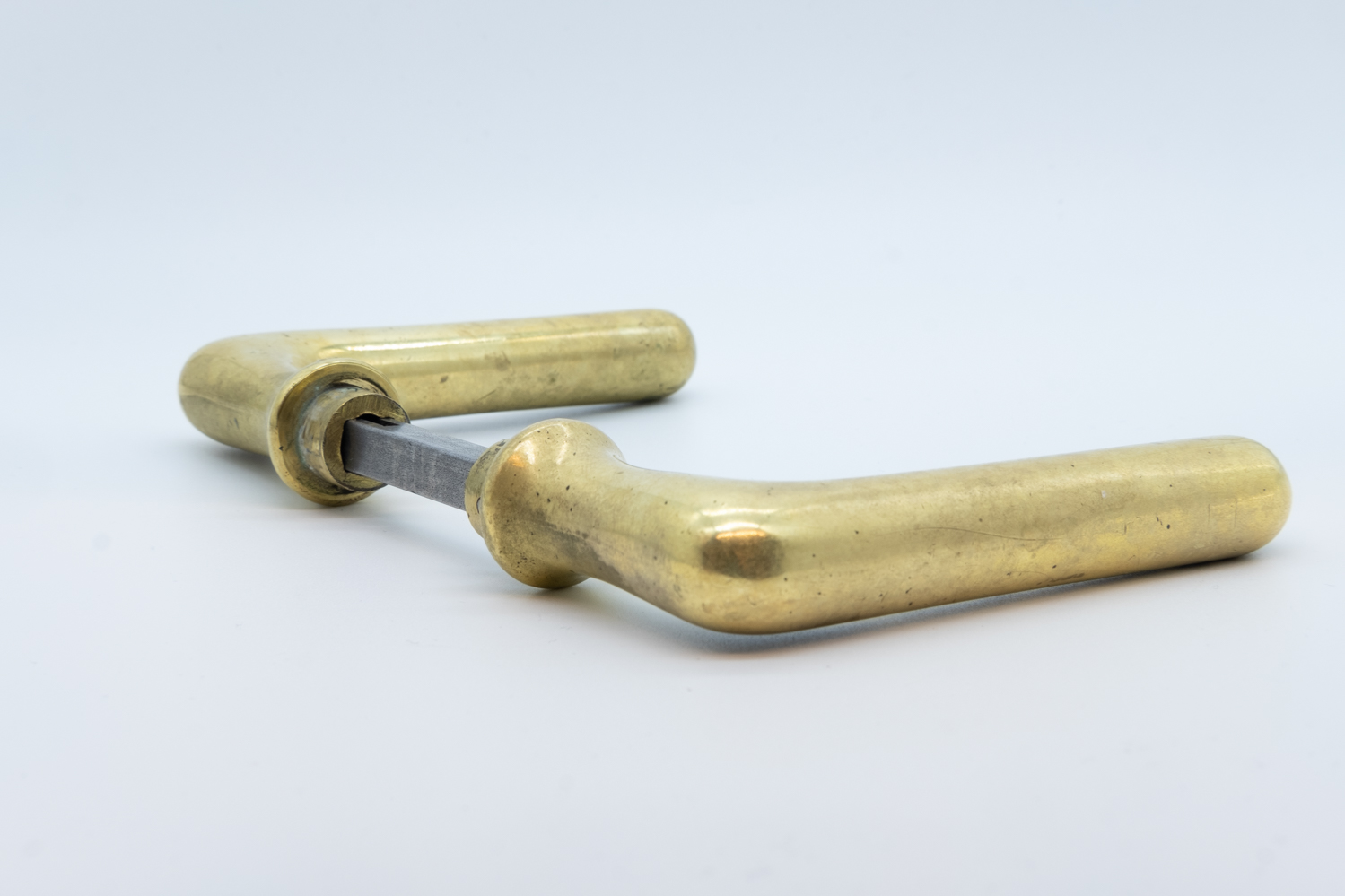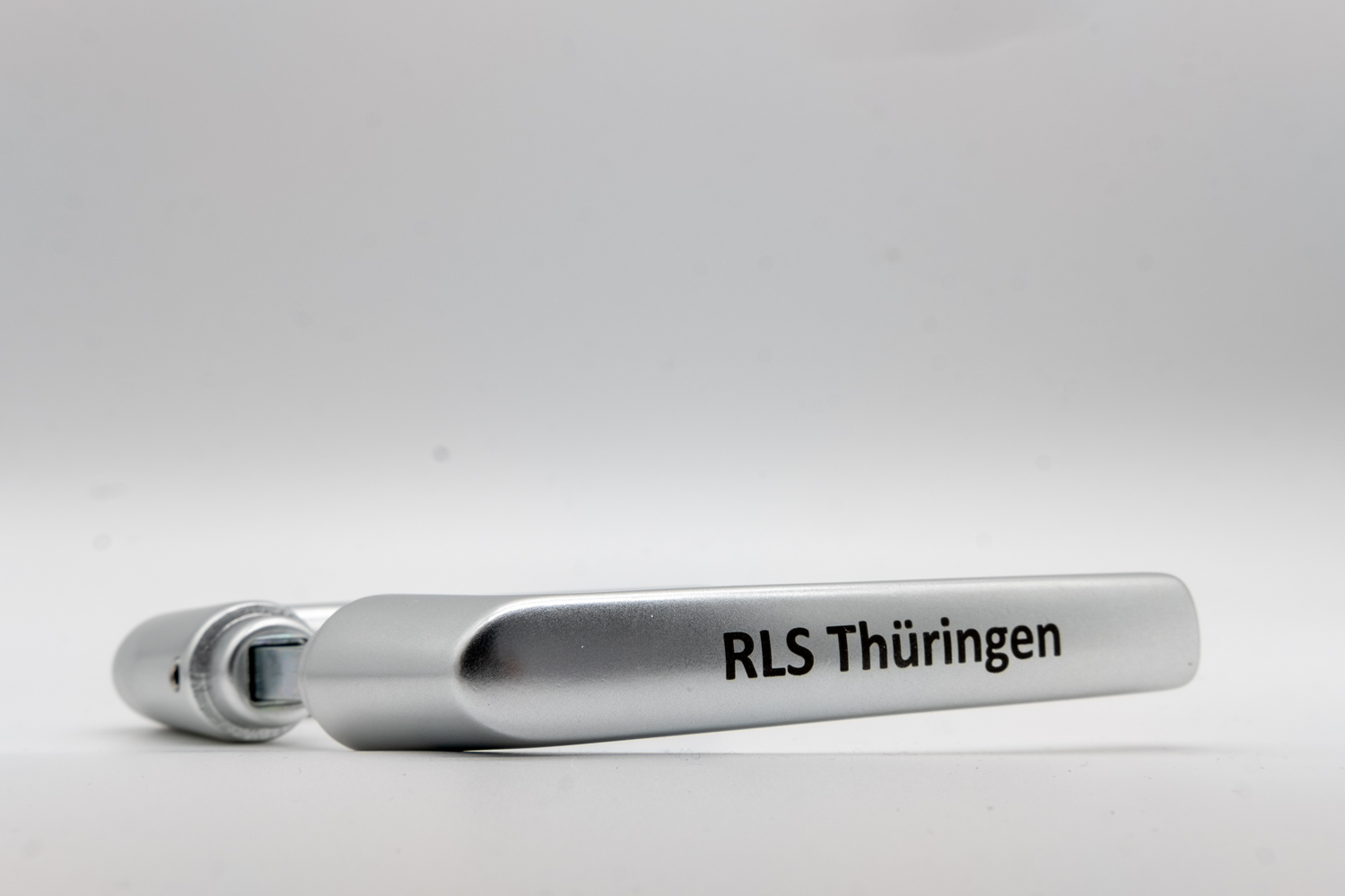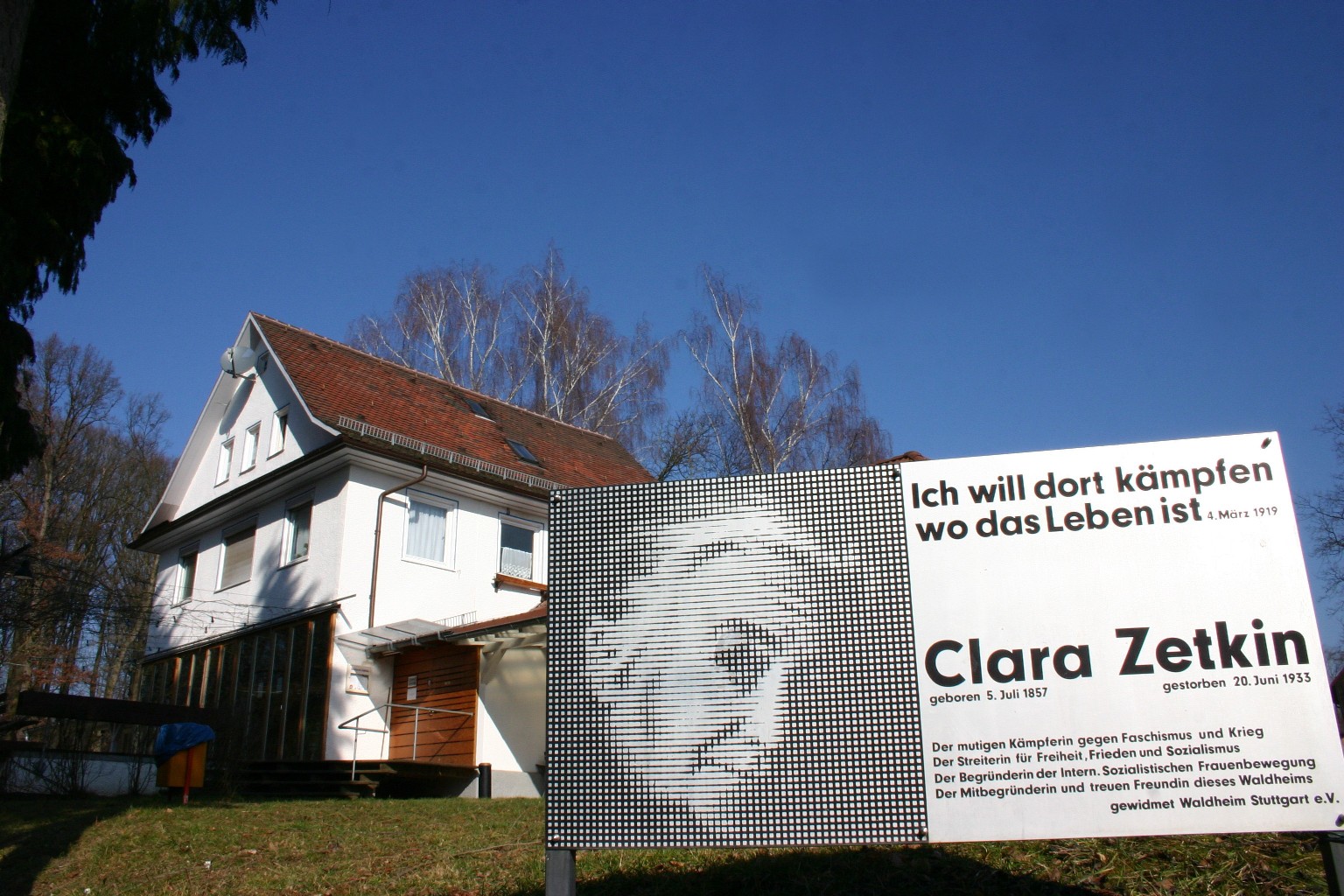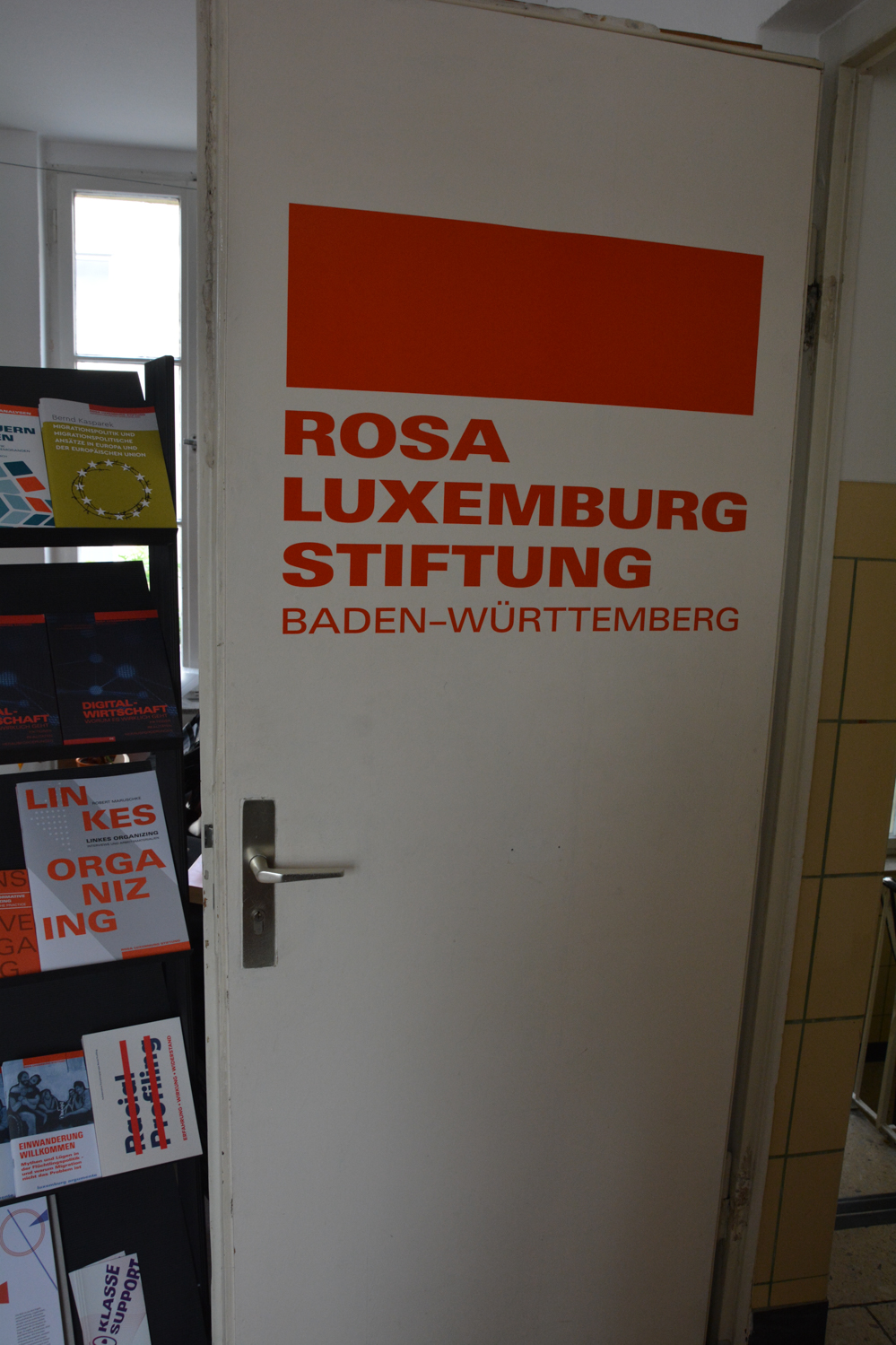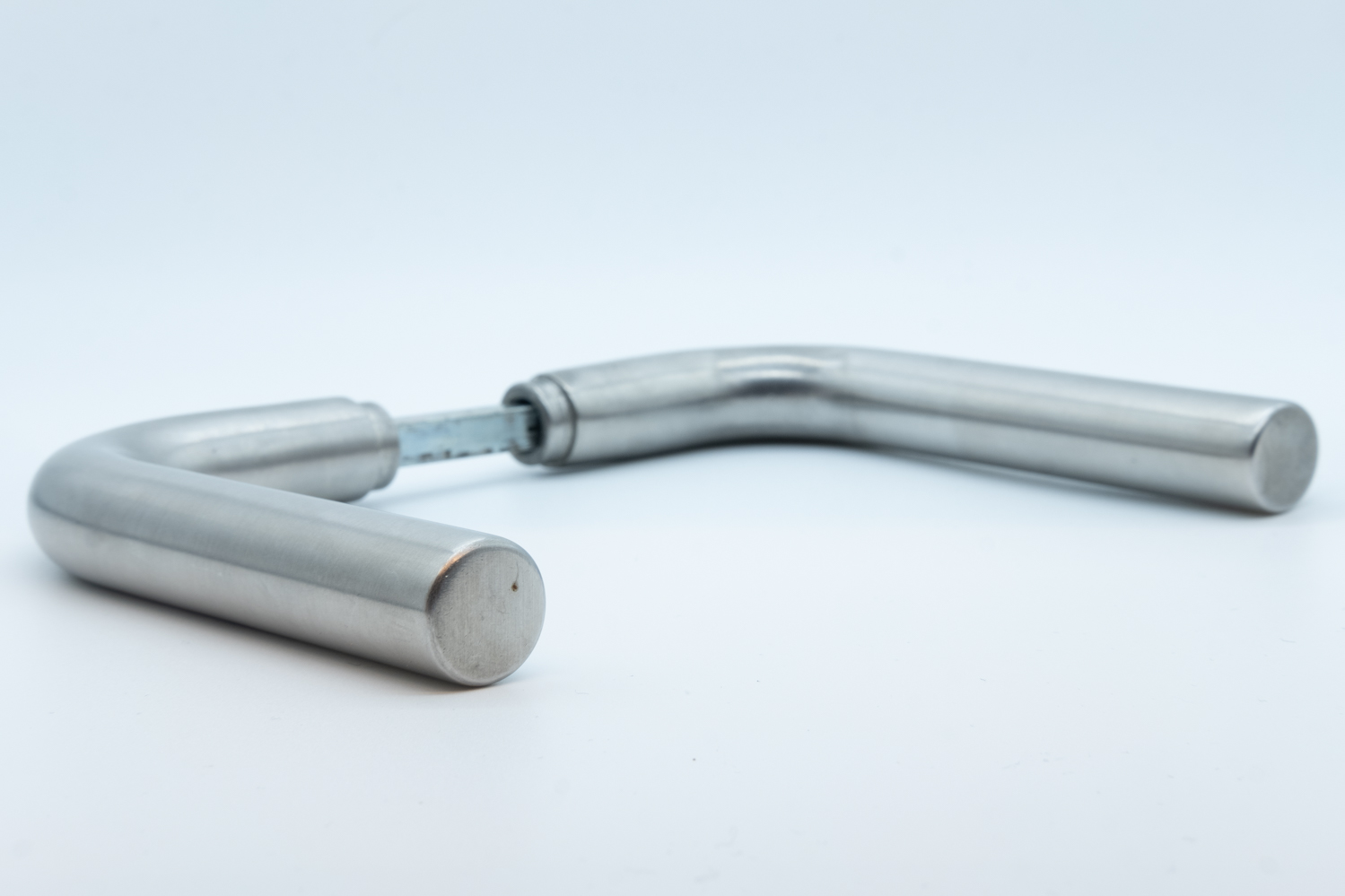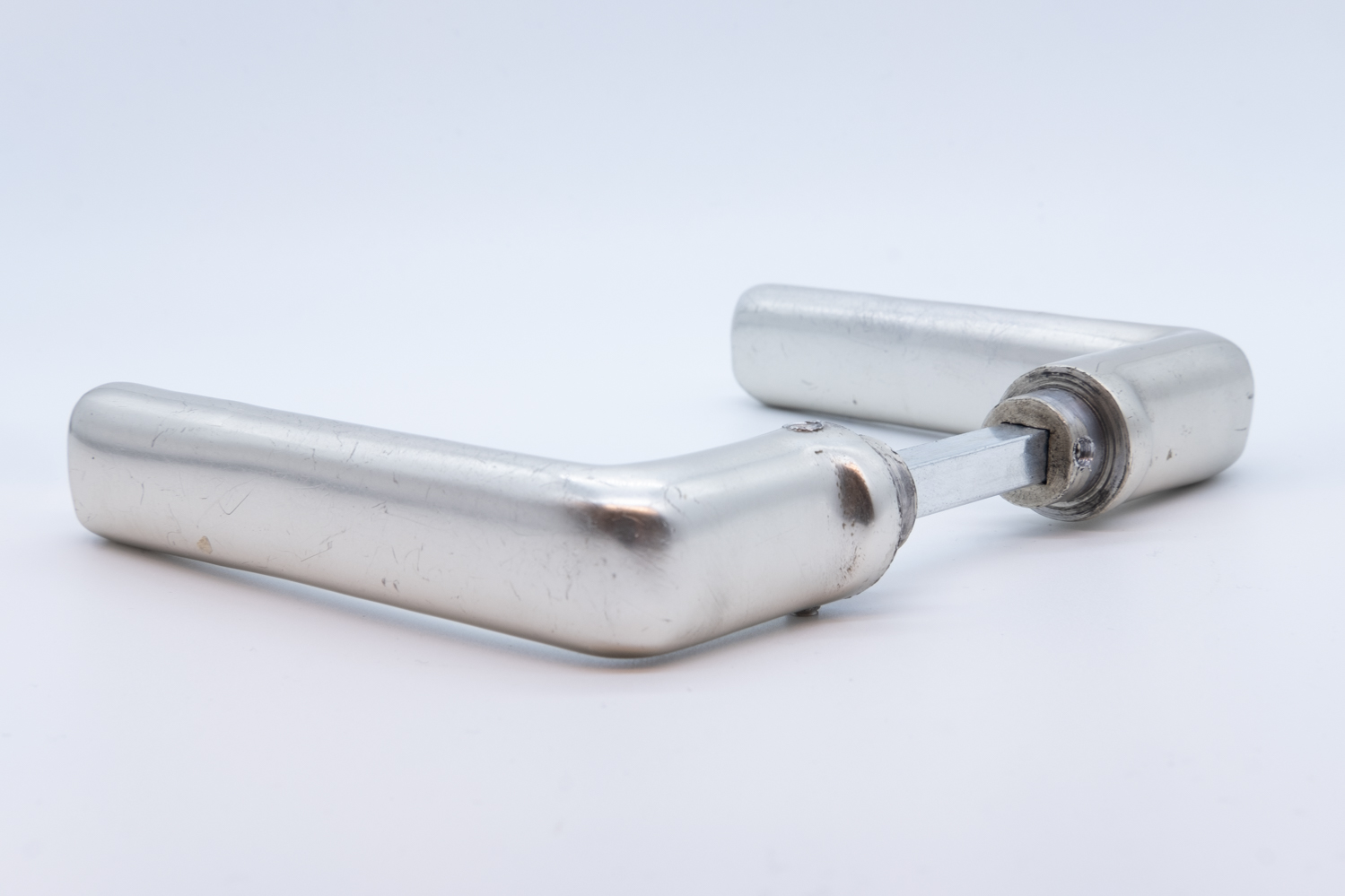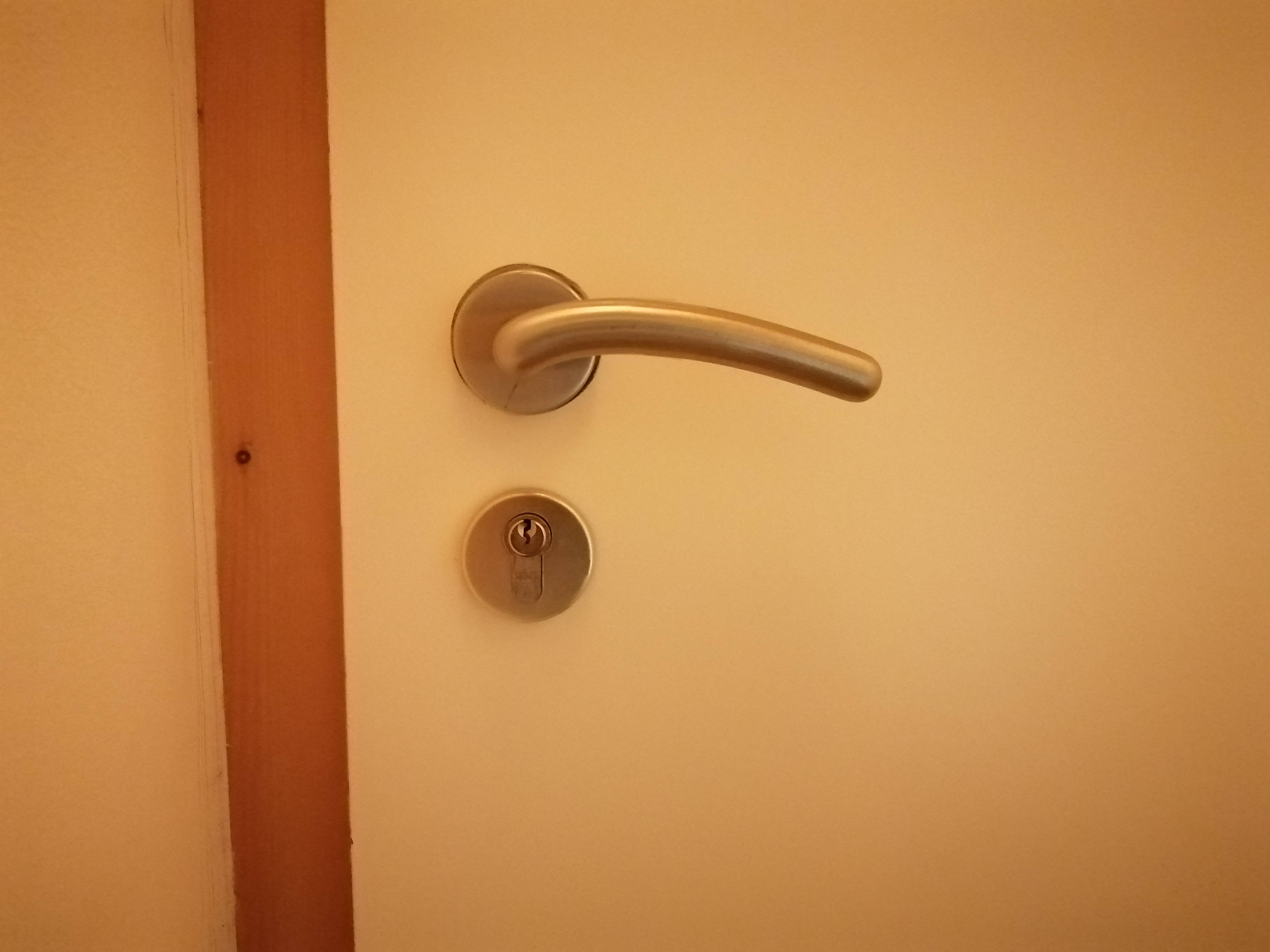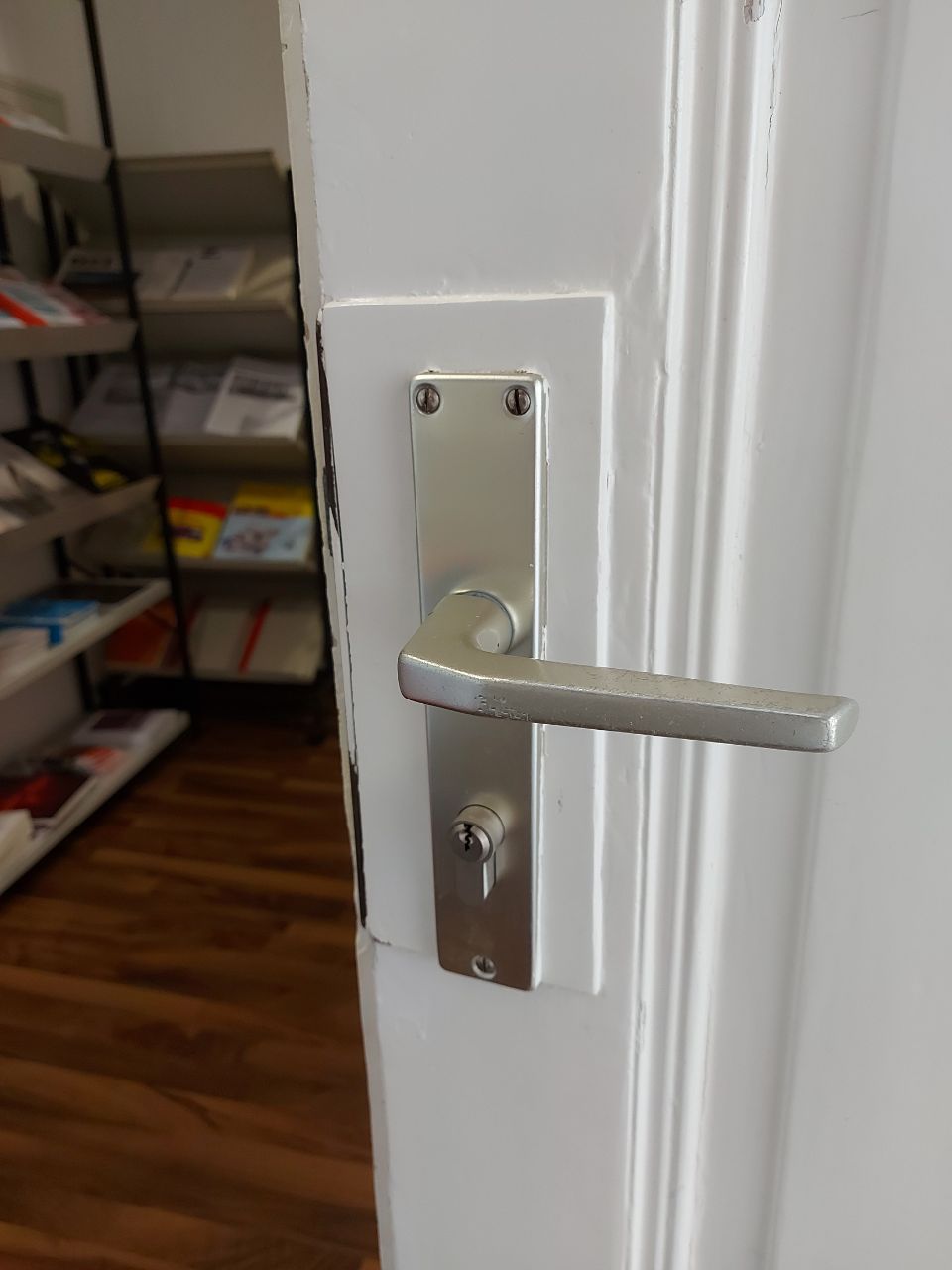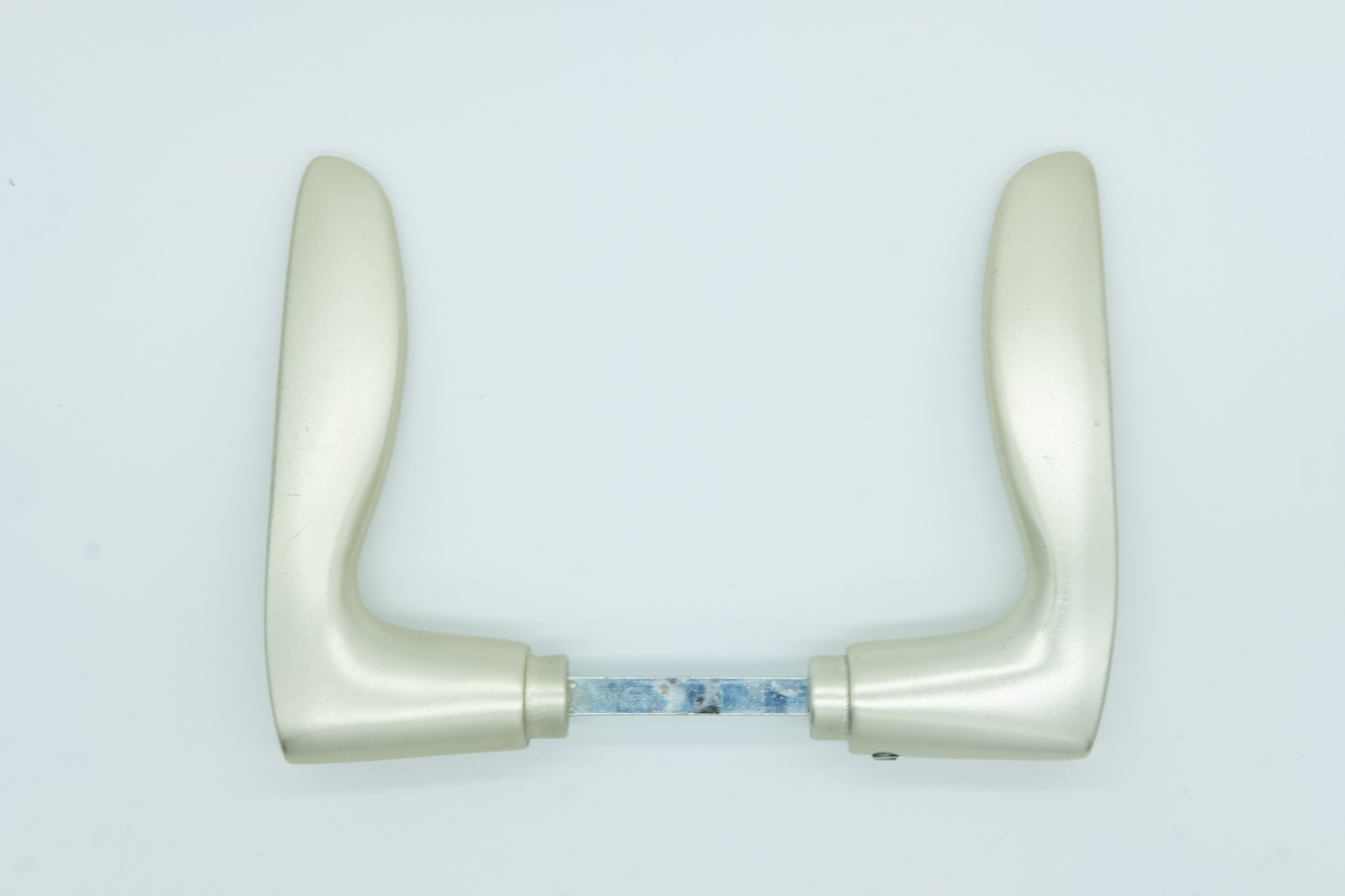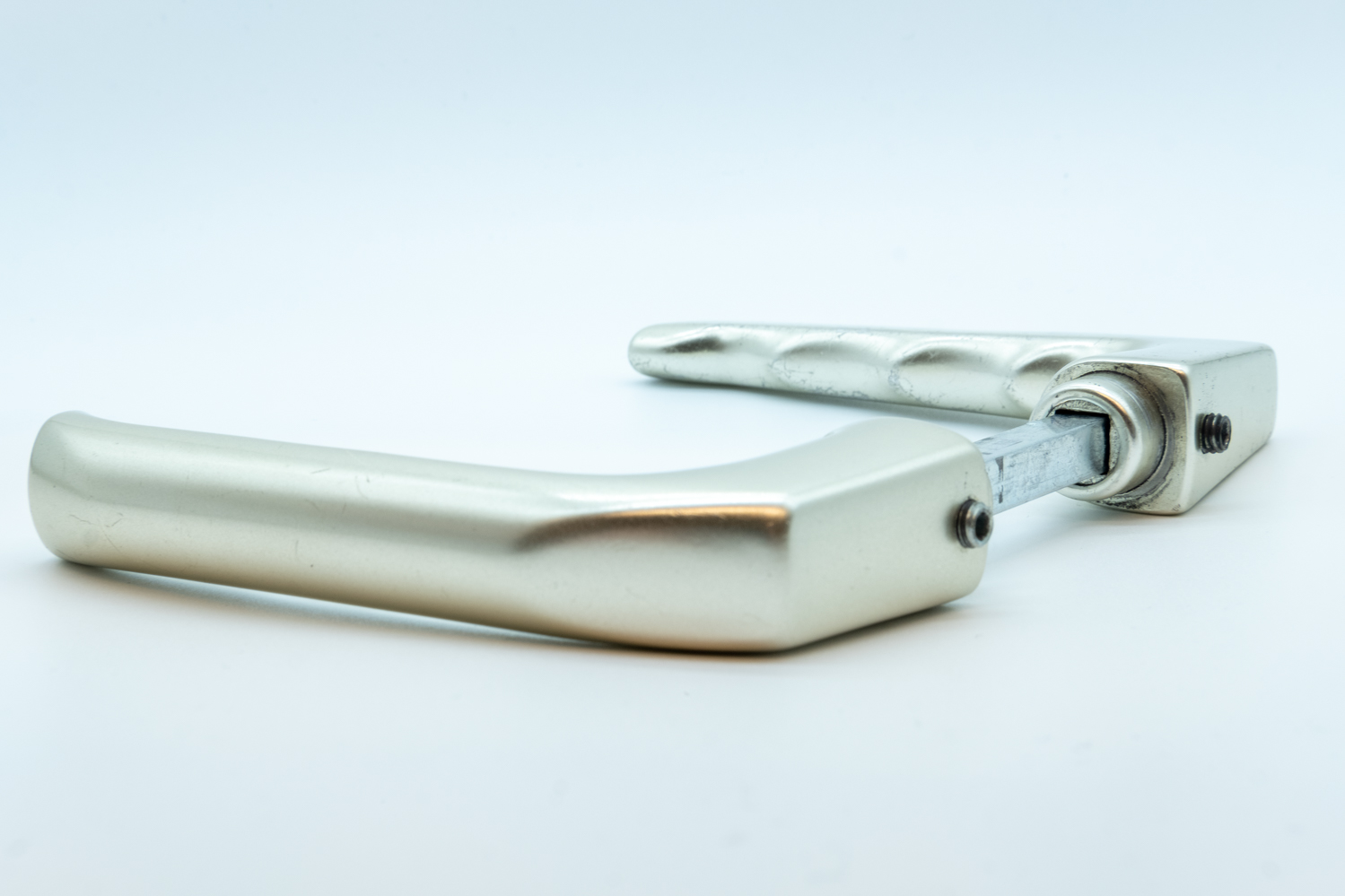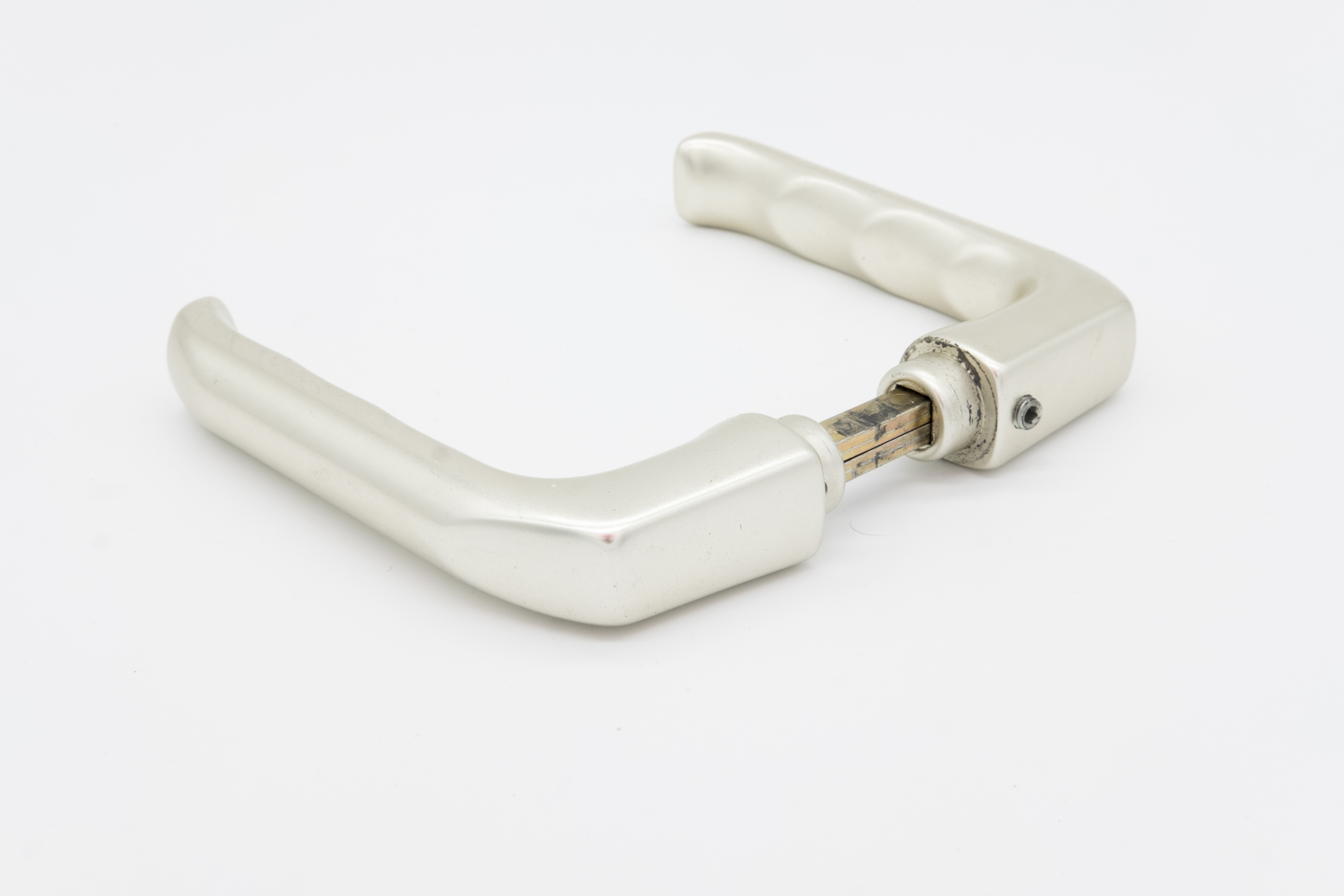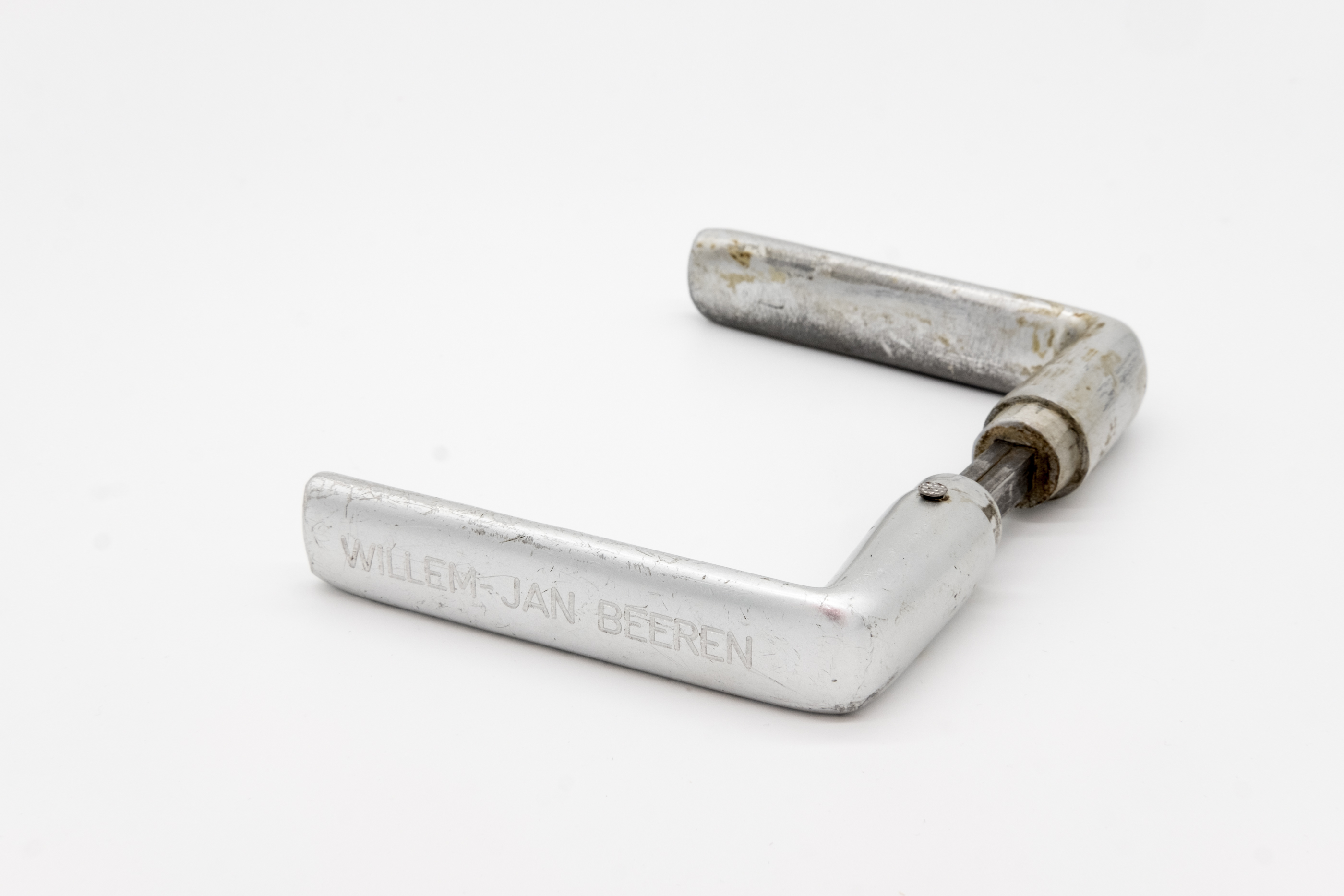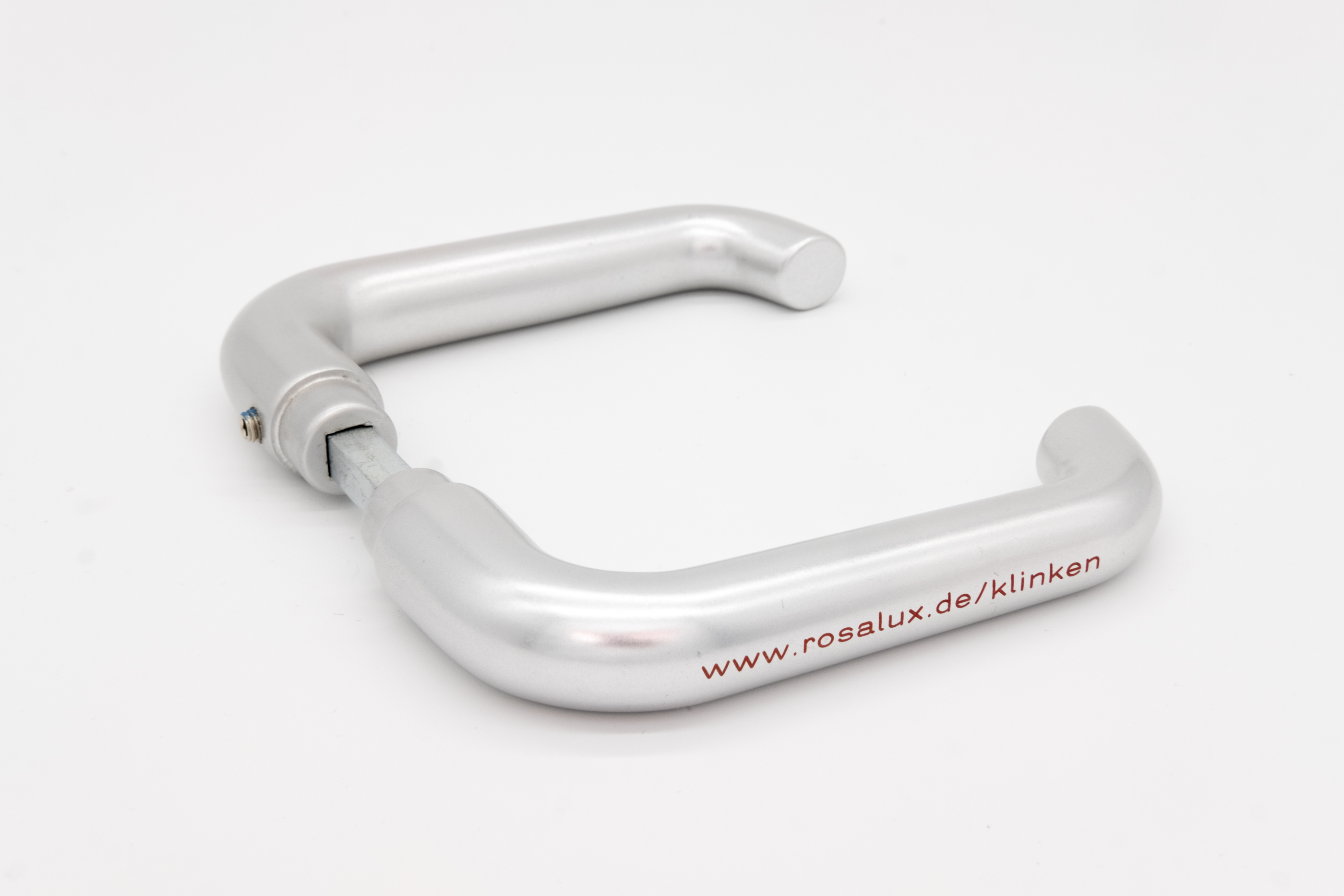Lake Bogensee belongs to the district of Lanke in the municipality of Wandlitz in the state of Brandenburg. It is located between the Wandlitz districts of Wandlitz, Prenden and Klosterfelde, about 15 kilometers north of the Berlin city limits.
The lake became famous because of the country residence built here for Joseph Goebbels and its later use as a youth college of the FDJ, whose buildings are listed as historical monuments. In 1936, the city of Berlin donated Bogensee and 496.3 hectares of land with a log cabin built on the eastern shore of the lake to Reich Propaganda Minister Goebbels for his 39th birthday for life. Since Goebbels soon felt that the cottage no longer met his needs, he had a new country residence built west of the lake, some distance from the shore, by 1939. UFA contributed 1.5 million Reichsmarks to the construction. Artists and actors such as Zarah Leander, Emil Jannings and Heinz Rühmann met at the country house. The family's children attended school in the village of Wandlitz, where they were taken by carriage.
The Bogensee site, guarded by an elite SS unit, was occupied by Red Army troops during the Battle of Berlin in late April 1945. During the following ten months of use by Soviet forces, it temporarily served as a military hospital. After the military personnel left the site on February 27, 1946, the grounds and buildings were turned over to the Provincial Youth Committee in early March 1946. Shortly thereafter, Erich Honecker, co-founder of the Free German Youth (FDJ), approached the Soviet Military Administration in Germany (SMAD) with a request to establish a central youth leadership school, which was set up by the FDJ's Central Organizing Committee in the Bogensee building complex beginning in early April 1946. In the early days, the FDJ central school bore the name "Waldhof am Bogensee," which dated back to the pre-war period and was affixed above the main entrance to the Goebbels headquarters. In 1950, the FDJ Youth College was given the name of the first president of the GDR, Wilhelm Pieck.
On October 16, 1951, the foundation stone was laid for the extension buildings of the college - lecture building, boarding school (called learner dormitories) and community house, as well as the design of the open and green spaces located within the complex. The work was carried out by the architect of the Berlin Stalinallee, Hermann Henselmann, in the style of Socialist Classicism. At first, students came from all parts of Germany, but later the Youth College received more and more young people from friendly socialist countries. Therefore, in a second construction phase after 1980, a restaurant for representative purposes was established in the country house and further new buildings - a gymnasium, a boiler house and another boarding school building - completed the college complex. In the lecture building, the second largest simultaneous interpretation facility in the GDR was built, with 18 foreign language booths and 560 seats. The kindergarten and nursery were housed in the former guest house, now the forestry office. Since the mid-1970s, students from capitalist countries also graduated from the Youth College, including those from the Federal Republic of Germany (SDAJ members), Denmark (DKU members), Greece, Chile, and Grenada. Some students had enrolled under false identities because they had been subjected to political persecution in their home countries. In 1981, Chancellor Helmut Schmidt's press conference during his visit to the GDR took place at the Jugendhochschule am Bogensee.
The Youth College was wound up with the fall of the Berlin Wall in the GDR, and the entire site reverted to the state of Berlin as owner. In mid-June 1990, the meeting convened by the then Ministry for Environmental Protection and Reactor Safety of the de Maizière government, later called the Bogensee Conference, took place there, sealing the sale of the GDR energy companies to the large West German power companies. Initially, the non-profit International Federation for Social Work moved in as a user. Now young people were trained for social work, and one building also served as a hotel. Because the concept was unsuccessful and loss-making, there were subsequently new projects such as the International Education Center (IBC) from 1991 to 1999. Since then, the listed buildings have been empty and left to decay.
After that, until 2005, training courses for the Berlin police were still held once a year in the university buildings. The operating costs to be borne by the state of Berlin amount to over 250,000 euros per year. The only operation on the site between the mid-2000s and 2008 was the Berlin Forestry Administration with its administration in the former Goebbels' log cabin and its forest school, which aims to teach children about the local natural environment. The buildings used by the forest school were renovated in 2010 under preservation orders.
Worldwide, the property was put up for sale in 2008. However, the bidding process initiated by the Berlin Real Estate Fund was suspended in the spring of 2009, although many prospective buyers had come forward. The submitted utilization concepts were unacceptable because they did not include the entire complex. The Goebbels' log cabin, which is also vacant, was severely damaged in a roof truss fire on May 14, 2015, and has since fallen into disrepair. In January 2015, a support association was founded to preserve the buildings and use them as an international academy offering educational opportunities for academics from crisis regions.




